DARK DAYS, LUMINOUS NIGHTS

In 2019 I was commissioned by Manchester Collective to produce a collection of stills and a film, exploring the ancient and haunting Irk Valley in Manchester.
The project was exhibited at Salford’s The White Hotel in June 2021. This was the Manchester Collective’s summing up of the project.
“It’s 2021. Manchester. Gleaming apartments rise up over the ancient river Irk, and under the prime real estate of Angel Meadow, 40,000 bodies are buried. Cities change.
In their most ambitious collaborative project to date, Manchester Collective re-imagine the live experience for a volatile new age. Inspired by a journey along a ruined waterway and premiering in mid-winter at The White Hotel in Salford, ‘Dark Days, Luminous Nights’ is part-exhibition, part-installation: a tapestry of music, film, dance and photography.
Featuring the work of artists Simon Buckley and Blackhaine, alongside a dramatic score by Edmund Finnis, Béla Bartók, and Wojciech Kilar, this intoxicating work looks deep into the soul of a city and asks: what have we lost?”
This is an extended excerpt from the film, as was featured in Fact magazine.
Below is the script for the show I made for Reform Radio, which featured this project. You can listen to the show here.
ONE
I’m in a place in Manchester which I feel is perhaps the most haunted, and haunting, of all the neighbourhoods in the city, the Irk Valley, named after the river which runs from the distant suburbs beyond the dissecting M60 motorway, down through Collyhurst, to near Victoria Station, and its confluence with the snake like Irwell. Thin rain drenched our darkness, and a spectral mist hung in the air, diffusing the harsh shapes of awkward buildings, shadowed in the long night.
Angel Meadow, the valley’s most significant anchor point, on the edge of the city centre, is where I conceived Not Quite Light, several years ago, standing in the glowing light of the newly built Co-op building, and on ground that covers the bodies of forty thousand people, a mass graveyard, now a park of picnics and dogs being walked by doting owners. I sometimes wonder if these mutts, with their enhanced sense of smell, detect the souls of those buried deep in the mulching earth below.
This stretch of land, from the evocatively named Danztic Street all the way up to Smedley Road, following the forgotten River Irk, has long fascinated me, drawing me back like a benign curse. And the reason I am now up and out again, in this strange place, is because I’ve been commissioned by the Manchester Collective to make a film, as well as photographs, as a visual response to what causes my hackles to twitch, like a woodland creature hearing a predator’s soft wing beat approach on a moonlit night…

TWO
During the months of lockdown, Adam, who runs the Manchester Collective, asked me to illustrate 3 pieces of music that they’d recorded by Bartok, Kilar and contemporary composer Edmund Finnis, who had written a beautiful score that, by coincidence, seemed to evoke the essence of the city and the valley. We settled on producing a thirty minute film, and I worked with Salford movement artist Blackhaine, telling the story of 3 people moving through the valley at night, exploring themes of displacement, isolation and resilience. I was also to create over 30 photographs, taken at dawn and dusk.
I’ve been passing through The Irk valley for many years, and it has always fascinated me, becoming one of my favourite spaces in Manchester, and Not Quite Light emerged as a prospect once I’d let the thousands of souls beneath my feet in Angel Meadow drift up through my body and into my mind.
This area tells the story of Manchester, and is a place of dreams and ghosts. If ever, in my city, I was going to sense Hades, the King of the Underworld in ancient Greek mythology, surely it would be here, a place of constant transition, between old and new worlds.
However, before any work could begin, I would need to walk the streets again, to learn of its past, and to breath in the auras of decay and redemption, to reach out from the present and touch the past. And so, on a night when persistent drizzle slowly soaked me, when the heavens seemed want me to absorb ancient waters, I began my quest.
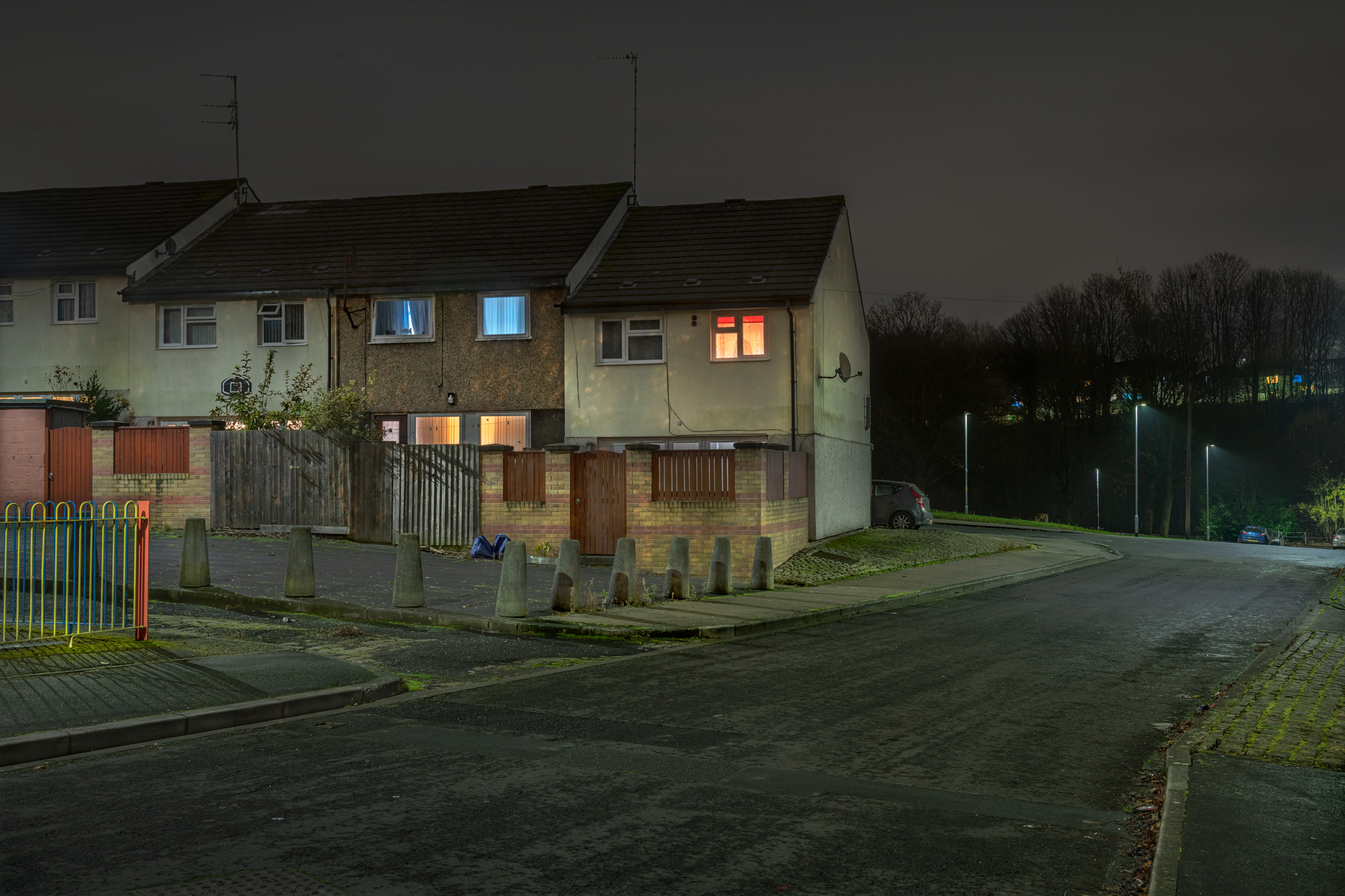
THREE
The walk up this section of the Irk Valley, perhaps no more than a couple of miles, is simple in terms of direction, but it’s more complex once your senses awaken to what surrounds you, and then the journey becomes one spent looking back over your shoulder, forever alert.
Leaving Angel Meadow, once Lowry’s muse, and now in the reductive shade of the new apartment blocks, you step down onto the cobbles of Aspin Lane, quickly passing the Ragged School and under Victorian bridges of tiled and blackened brick, before turning up Dantzic Street past the Rinse & Wash, the words emblazoned jazzily in white on a painted black wall. No-one quite knows why its called Dantzic Street, but it’s thought that German immigrants brought the name with them.
Then, along past the Traveller’s site, the old caravans jewelled with fairy lights, where I once saw a white goat in the twilight, standing upon a wall, slowly chewing, looking down on me, as if it was I that was out of place. Opposite, there is a strange expanse of land, apparently for environmental waste, that seems to be just piles of mud and a digger. If you turn to look back here, you can see the city skyline rise above the tattered hoardings and scrawled writing that said recently said ‘Vote Trump’.
On past a bridge and some old factory buildings, then, to the right a wasteland where Ebenezer works once stood, and beyond that the steep Improbable Hill, then a garage that never seems to close before 8pm, and a hidden skate park, built under the railway arches.
Carry on, leaving behind you St. Catherine’s Bridge, HMG paints established in the 1930s and the strange submarine sculpture tipped on end for no apparent reason as the road climbs upwards. Then, under another bridge and, as the road splits like torn rubber, onto Smedley Road, past piles of commercial rubbish tipped by careless Mancunians.
Hard round the bend in the narrow one way road, passing a failing stone wall, covered in graffiti and overhung with tired trees, and under another viaduct to beyond Batty Road, and an estate of neat social housing, bordered by a highly coloured playground and, further still, the Metrolink station.
This is where I come to a halt, and watch a yellow tram slide along the bridge, above the houses, and quickly disappear. This is where I shall begin, where I will attempt to comprehend this abandoned land, a place once of bucolic beauty, defined by a merry river rushing through its ancient gorge, before it was condemned to an existence of abuse and neglect. This is where, over the weeks I spend working, I will encounter the past more readily than the present or future, and create a series of memories, that now flow like a river.
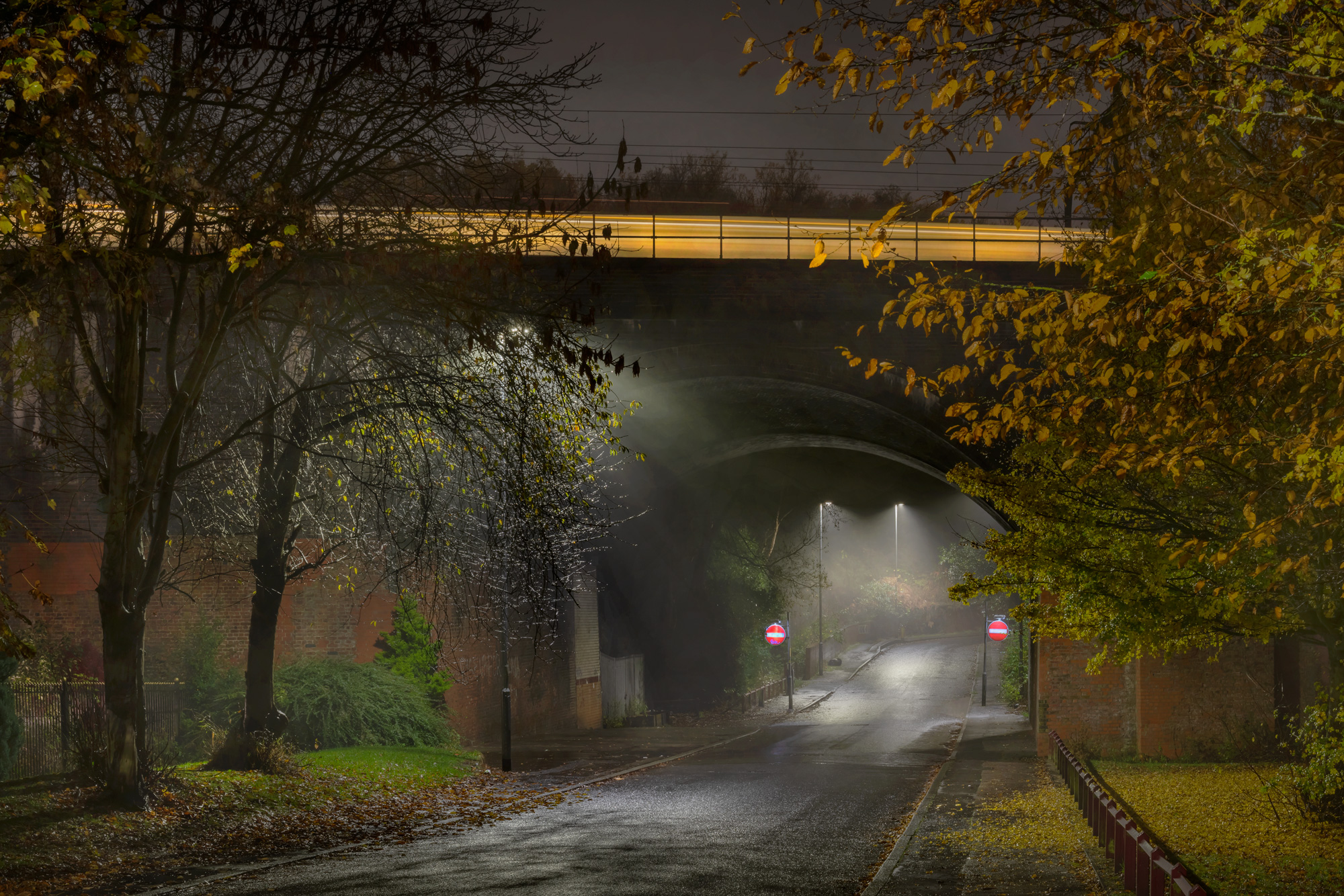
FOUR
One Sunday evening just before midnight, I found myself in Collyhurst, on Smedley Road, near the railway viaduct below Batty Street. The air was still, and the late Autumn leaves glistened in drifting drizzle as street lights cut wedge shapes into thin mist. Infrequent trams, warm and orange in the dark, trundled by, and distant sirens pierced the soft air. In the row of terraces to my left, perched on a bedroom windowsill and watching me work, was a figure in silhouette, reminding me of a portrait in an old locket.
A fox wandered into view, moving unsteadily, peering about, as if searching for an open kebab shop after a night out. Beneath the arch, two ‘No Entry’ signs shone crimson, dividing the estate behind me from the valley below. Puddles, like grand pans of soup, had formed in pot holes along the narrow road, that curled away into secrecy beyond the black River Irk.
Whilst working in this place, my car battery drained, as if I’d somehow strayed too close to an electro-magnetic field, like in a science-fiction film when an unseen presence disrupts the city grid. And so Matt, the AA man arrived to get my motor started, and I was gabbling on about why I was in this place, when he glanced up from the tablet where he was entering my details, and asked “Do you believe in ghosts?” I assumed his question wasn’t for company data. Over Matt’s shoulder I saw the person in the window move off, as if not not wanting to hear my answer.
“Well,” I said, “I do think that places have particular energies, and perhaps humans shape that energy. Or, I once heard someone explain that ghosts do exist, but they exist within us, we sort of host them.”
He nodded, saying nothing as he handed me a receipt.
“I think you’ll need a new battery,” he said before departing, “that one’s had it.”
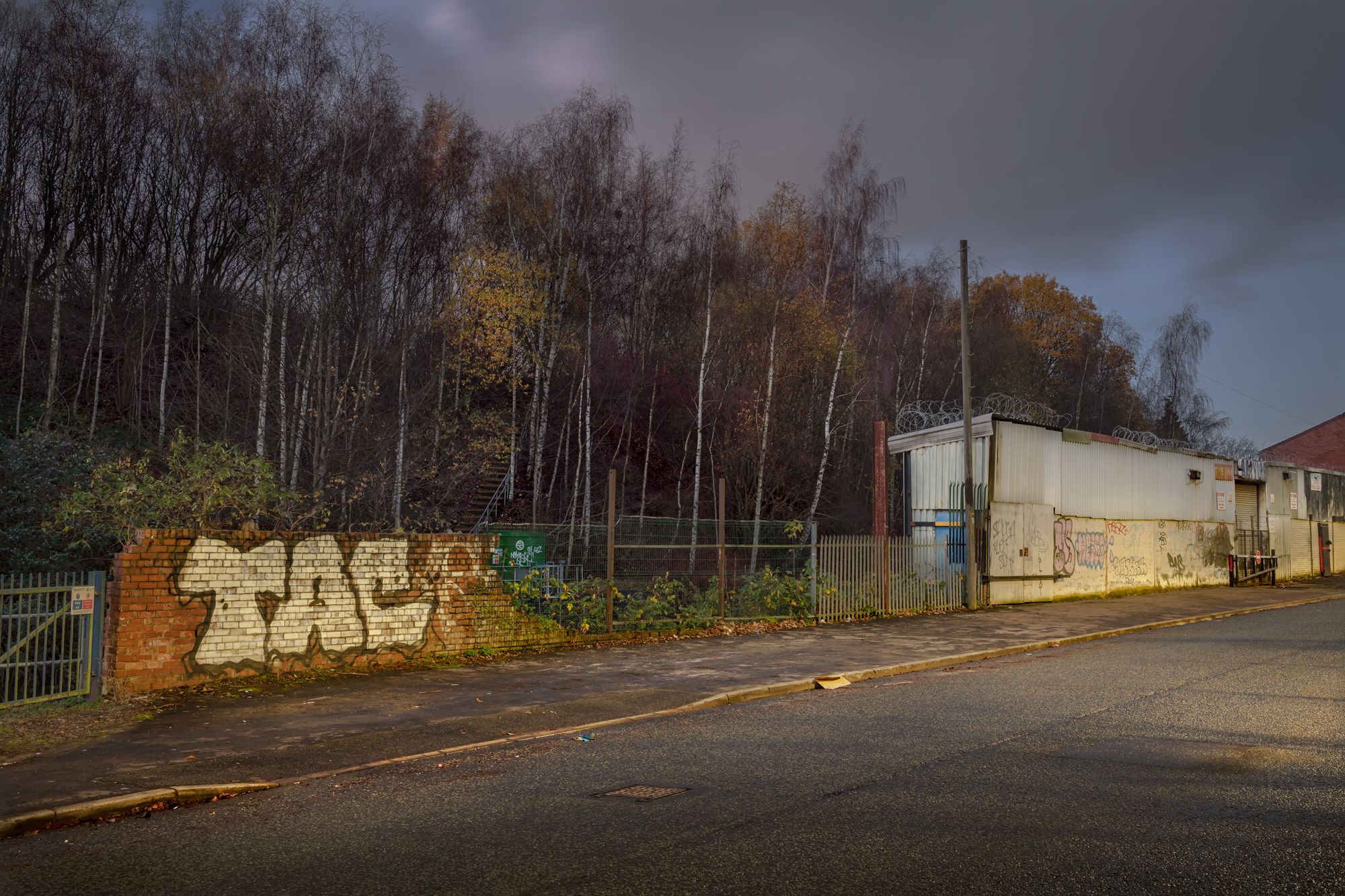
FIVE
A couple of days later, in the twilight of an early winter’s afternoon, I was at the summit of Improbable Hill above the valley, near the three tower blocks along Rochdale Road that, once they’d been privately refurbished, were re-christened as Pankhurst sisters. The clouds hung grey like an elephant’s stomach over the city skyline, and crane warning lights stung the diminishing daylight with strong red. I heard a Tawney owl hoot softly before issuing its squeaking alarm call.
Two centuries ago the rise I was on would lift the spirits, as Robert Tinkers’ Elysium Pleasure Gardens, situated at the base of the hill’s slope, would draw crowds of Georgian hipsters to dance and drink under glowing lanterns. The sandstone quarry with which old Manchester was built was only a little further beyond. That was before industry began to line the bucolic banks of the River Irk, condemning it to an existence of abuse and neglect.
On this night, I stood on St.Catherine’s Bridge, just up from the rushing weir and watched the river wash behind the decaying buildings, beneath banks of torn and neglected trees that now covered once busy walk ways. I closed my eyes and imagined the lives of those that had lived here over the centuries. This river had taken lives, flooded overcrowded basements and brought disease to many. But this river was the victim, unable to avoid the calamities of a working city, too bound up with gold, indifferent to the pollution of the land and its people.
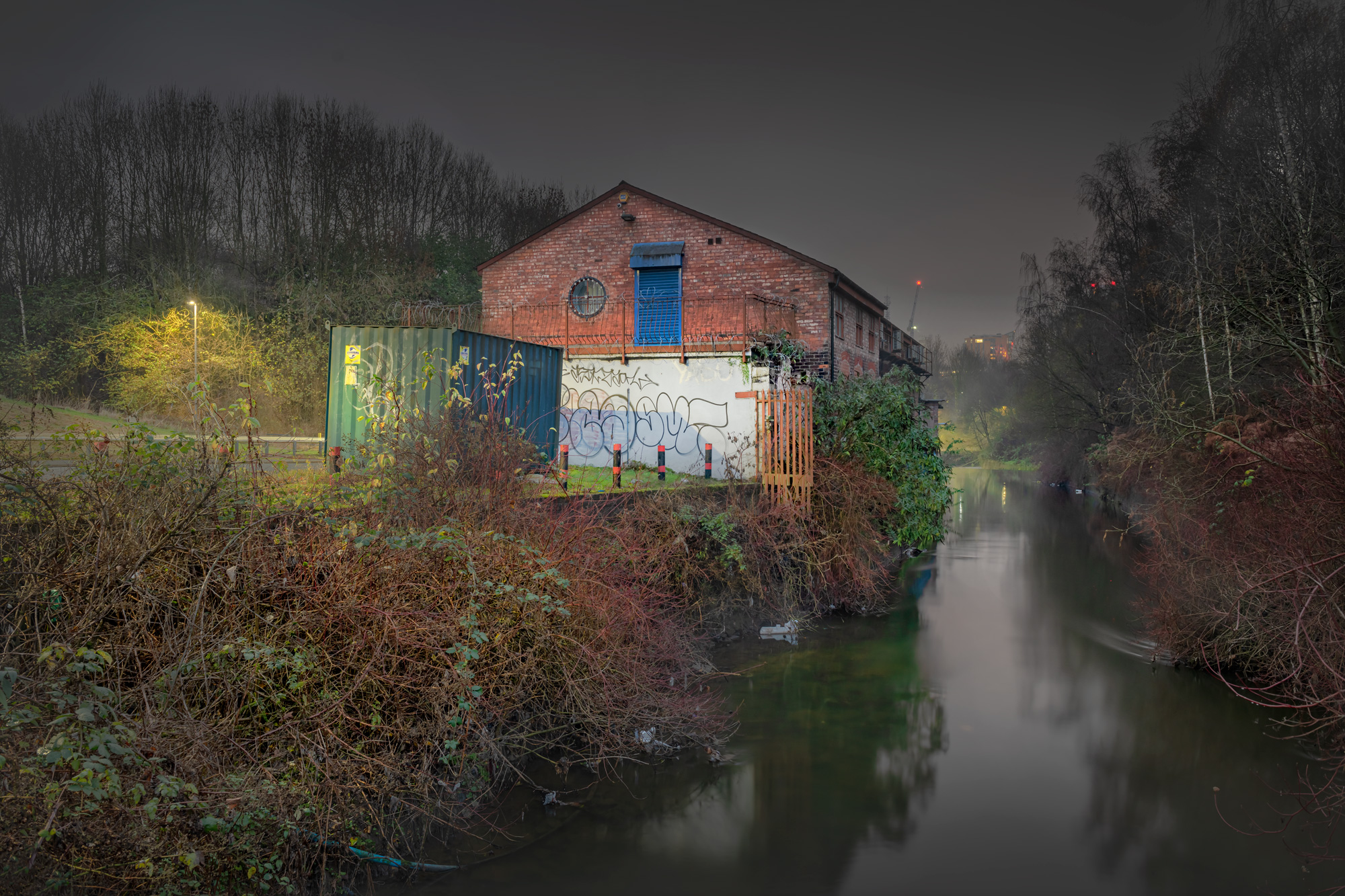
SIX
On a weekend afternoon in November, as dusk settled, I returned to another bridge just further up, to photograph, installing myself on struts beyond the railings, seeking to capture the landscape around the Irk as it ran towards Manchester. Behind me was a packaging factory, gated and locked, and to my right a steep wooded steep bank that led up to an abandoned car park, and a Victorian bridge that seemed to stop in mid-air.
As the day faded, and the light withdrew, I heard children laughing and screaming, and looked to Improbable Hill, just over the road, to see a group of kids, about 9 or 10 years of age, joyfully rolling down the grassy bank towards the road.
As they reached the bottom, about 6 of them, they noticed me and went quiet, whispering to each other. A lad with short, fair hair, pale faced and wearing a grey tracksuit under a padded coat called out “Oy! You, what you doing, you fucking knob.” I stared back, taken aback by the instant switch from childhood to this.
I said nothing. “Oy! You, I’m talking to you, what you looking at?” he shouted again, this time walking over the road towards me. He picked up a nearby hub cap, and hurled it through the air towards me, like he was playing frisbee. I carried on watching him, still silent. Eventually my unblinking eyes caused him turn away, still cursing me.
When I got back into my car, I happened to drive past him, and so wound down the window and asked him why he’d just done what he’d done. This time he said nothing. I said “you were so happy rolling down the hill, being a kid, why don’t you go back to doing that?” he squared up, this fearless child, and simply said “why don’t you roll down the fucking hill?”
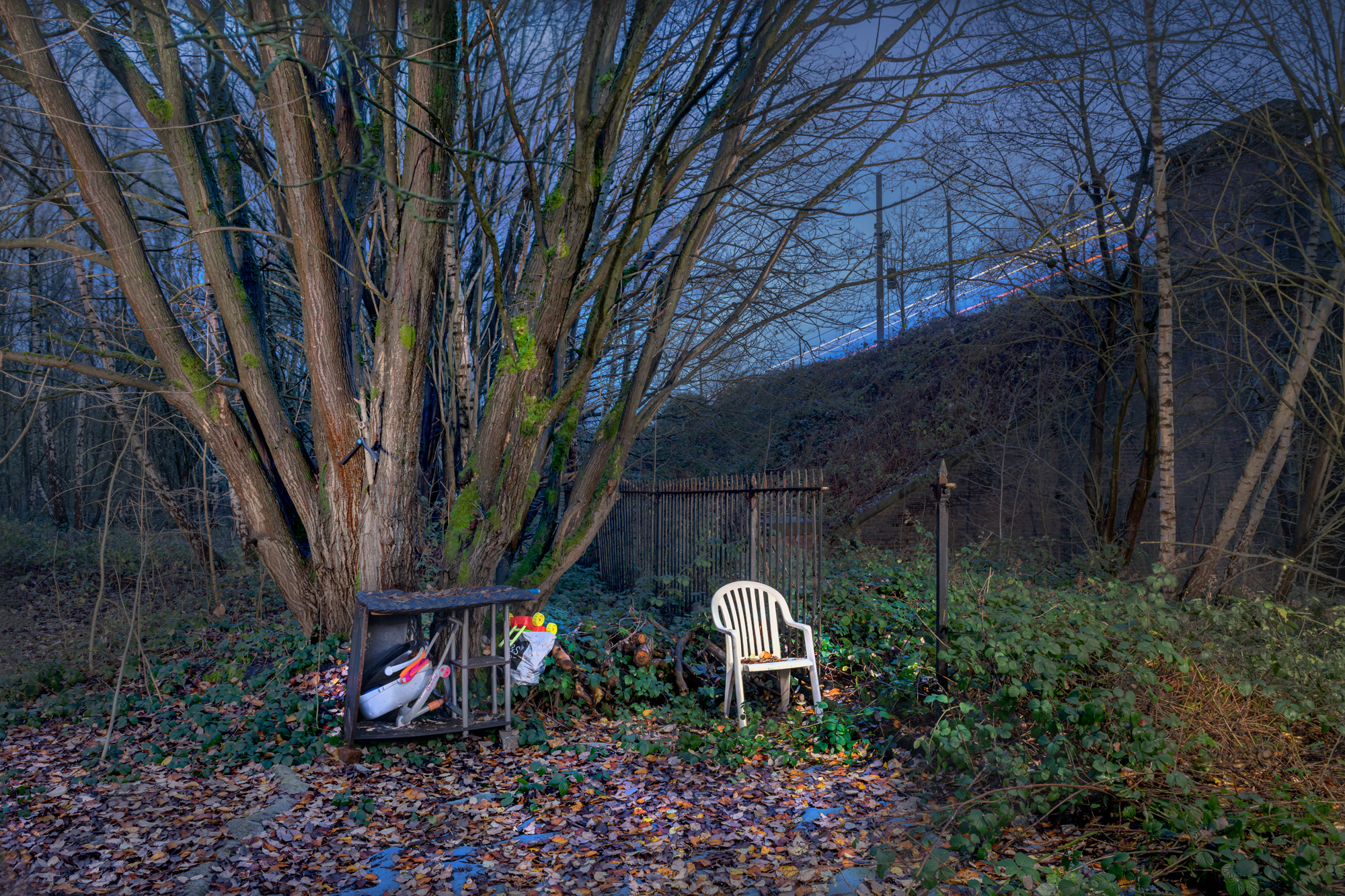
SEVEN
The remnants of the old Ebenezer Works are next to Improbable Hill, across from K9 Doggy Daycare, advertised by a large sign, often knocked to the ground. The few remaining walls, and concrete floor are now overgrown with shrubs and demented trees. A short road, Vauxhall Road, leads you in, but is soon lost in the chaos of filthy branches and debris. A single street light creates an unnecessary pool of warm light. It’s not somewhere you should go after dark.
I felt the brush of spirits across my skin as I stood in the beam from the lamp above, but felt safe, in the way a kid does when playing tig, and is on base. I took out my torch, and shone it into the dark, and stepped beyond the useless, redundant barrier.
Each step increased fear, my heart palpitating, my partner’s imagined voice on my shoulder, telling at me to leave. But I kept going. Leaves brushed my face, and twigs cracked beneath my feet. Every few seconds I looked back, sensing I was being followed, and, now that I was invisible from the street, knowing that I was very vulnerable.
I again heard an owl, and a car sped past, going at 60mph at least. I kept moving. My torch swept over old nappies, take-away cartons, a rotting sleeping bag, suggesting someone had once slept here, and most oddly, an empty catering sized oil drum, on which a blond wig, Dolly Parton style, drooped. A sign emerged, with no information on it, and beyond that a clearing. I could just make out the bricks of the old factory.
I lost my nerve, and turned to leave, grateful to be back out on Collyhurst Road. I’d seen some strange things walking here: A fake antique bedside cabinet lay upside down, as if it had fallen through a time portal from space; a car engine; several armchairs; a family caravan from the 1980s, later burned out. All fragments of dreams sitting within reality.
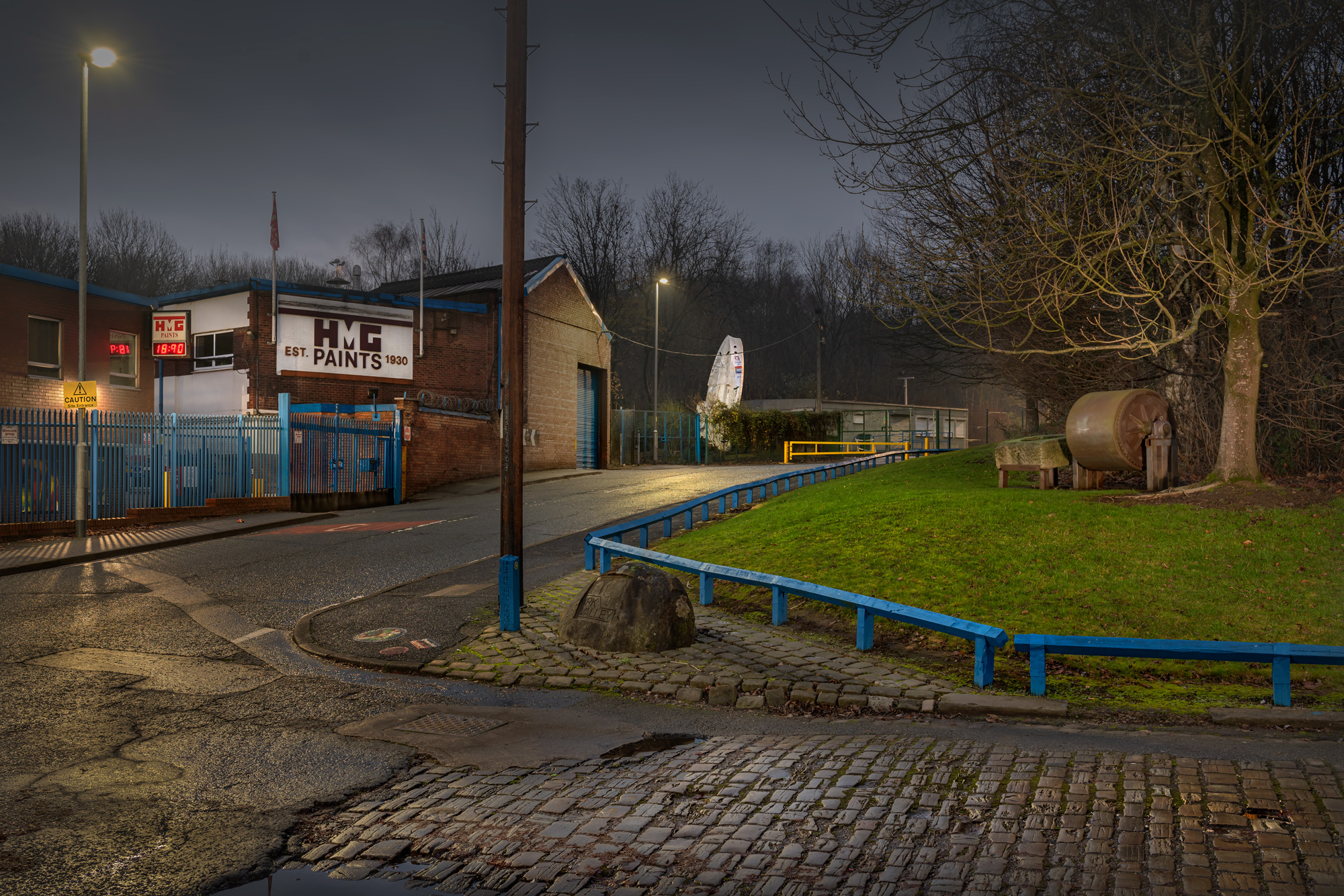
EIGHT
Towards the end of my project, I was near HMG paints, which lies at the northern end of this section of the valley. A digital clock alternately tells you the time and the temperature. It was 3 degrees, and the streetlights had not long come on.
I watched as a car pulled up along the cobbled street to my right, just next to the skate park which lies unnoticed and unused. The rear tail lights, a brash red, lit the walls of the viaduct and nearby trees, so everything looked as if it was bleeding. I heard a voice call out from behind me “Taking pictures of the time?” said the man, walking towards me. The car reversed out of the side street and drove away. He grinned as he came closer. He was dressed in dirty clothes, and looked as if he slept rough, carrying a rucksack on his back.
I watched him come closer to me and then stop. I wondered what he wanted. He smiled, and I smiled back, there was a warmth around him. “What you doin’ then?” He asked.
“I’m photographing the valley, for a project” I replied. I didn’t mind talking with him, but I was aware of the rapidly fading light.
“I’ve been living around here for nearly 17 years now” he told me, “sleeping rough and that. Me brother’s comin to pick me up later, going to take me to see me mam, up in Burnley, for like a Christmas dinner and that, you know?”
I had so many questions, but had little time to ask.
“Right, best be off.” he said and began to walk away.
“What’s your name?” I called.
“John, it’s John” he said.
“I’m Simon. Have a good dinner”
He waved, not looking back, marching towards the bright lights of the newly built city, a world away from here.
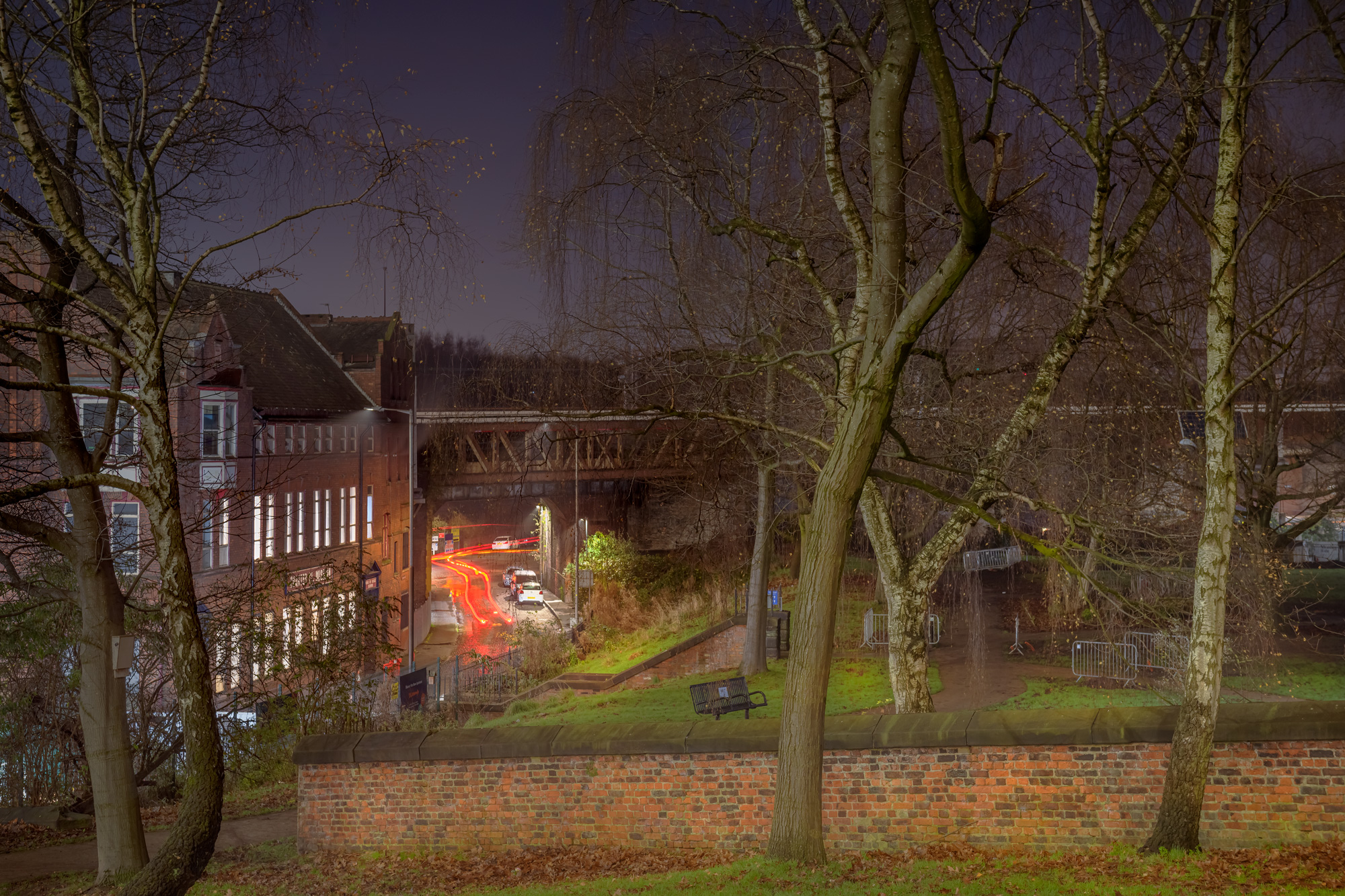
NINE
I slumped onto the bench next to St. Michael’s Flags in Angel Meadow, and closed my eyes, slowing my breath, seeking the ghosts within me. Trams and trains crossed the bridges with the deep rumble of a giant’s hungry belly, the few passengers heading north looking down on this land, as they have done for nearly two hundred years. A large firework boomed somewhere in the distance.
I clenched my fists, summoning phantoms to sit with me, a private séance for one, to debate the future of the valley, because, despite my love of this extraordinary hinterland, I do understand that it has to change, and that, if not carefully handled, nostalgia can often cloak cities in slow decay. And, conceivably these apparitions would also confront notions of pity, as we can never truly know of life in slums such as were here in neighbourhoods named such things as Gibralter, Irish Town and Scotland. Pity does not help create great cities. Perhaps these souls would marvel at the shiny towers now before me, glowing like a model’s teeth.
I walk away, under the bridges, tracing my fingers along the walls, thick with dust, grime that could have been touched by my Mancunian ancestors. I stay still, listening to the sounds around me. Water droplets falling from the struts into puddles below, echoing through the tunnel; music from a garage, still working, the doors firmly shut, the incessant hum of a nearby sub-station. A strange scream far up the valley.
These past few weeks, of regular visits to this most sacred ground, at the heart of the city’s history, has brought me memories I will never forget, and a deeper understanding of how this city lives, and survives.

TEN
After I’d finished the photographs, the film was made, taking three nights in late November, working from 6pm to 3 in the morning. The 1980s caravan I’d seen a few weeks earlier, was burned out on the first night, indicated by a fire engine rushing up Collyhurst Road.
The story we made, with Blackhaine, and three others from the Manchester Collective, explored themes of displacement, isolation and loss within a changing city, and the valley was the perfect set to film in.
Each night we’d arrive as the lockdown streets emptied, leaving us with nothing but ghosts and our own imaginations. The Valley was kind to us, and we worked quickly, moving through the past and into the future.
The work was shown at The White Hotel in Salford in June 2021. With this project, this valley will go far beyond the city.
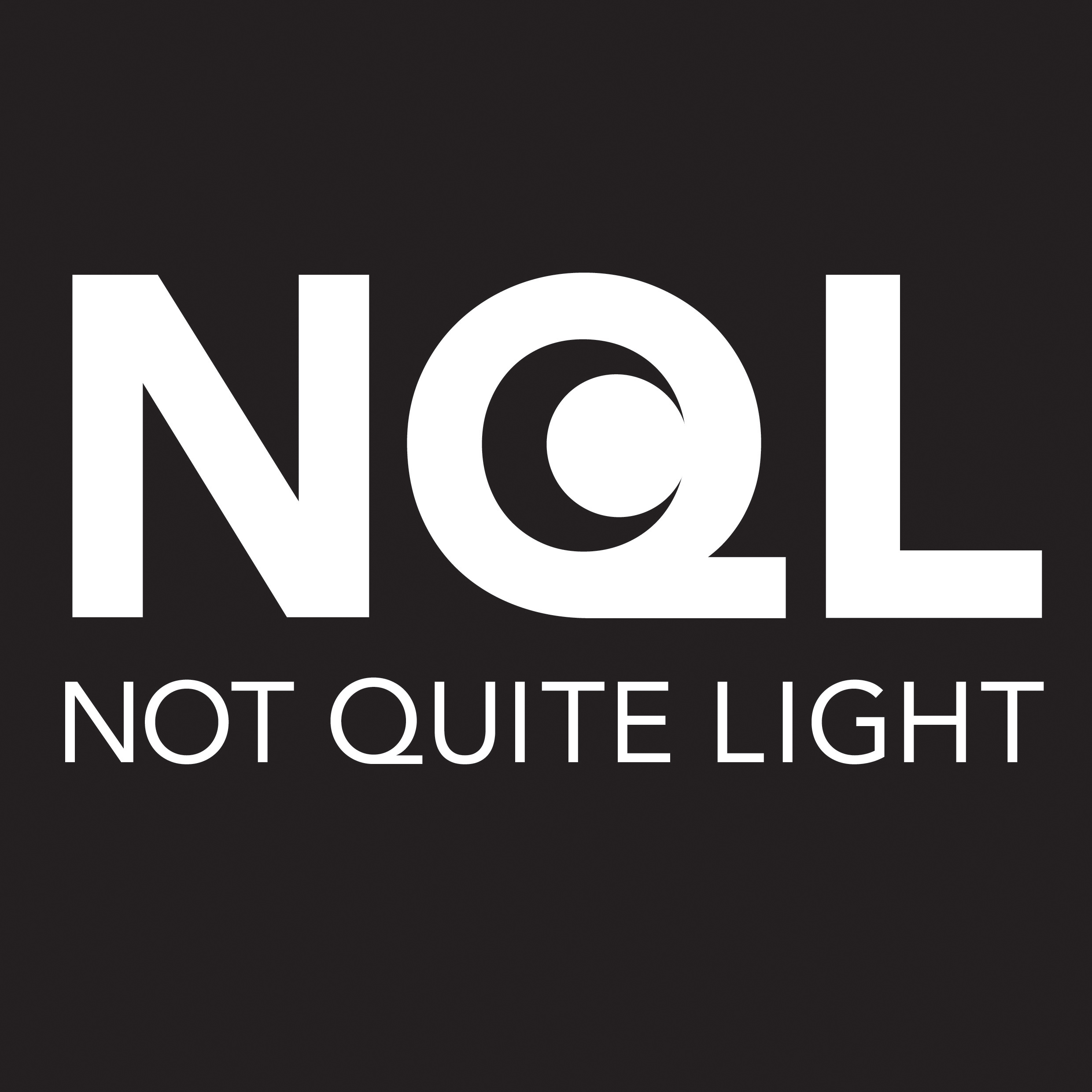

[…] DARK DAYS, LUMINOUS NIGHTS […]